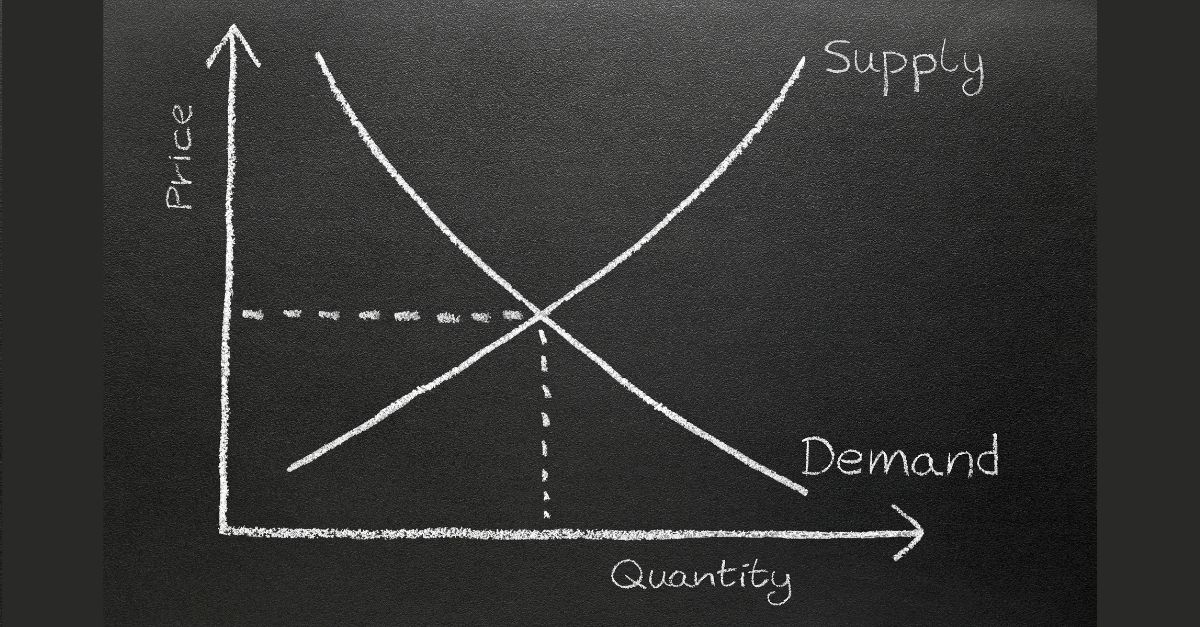When determining the selling price of a product or service, decision-makers increasingly take price elasticity into account to maximize business objectives, from sales to margins.
Price elasticity, the definition
Let us start with the definition of elasticity: “The price elasticity of demand is defined as the ratio of the percentage change in the quantity demanded to the price change that caused it.”
Although the econometric definition may seem straightforward to understand, calculating elasticity accurately is the result of more complex calculations. The mathematical formula may seem simple, but there may be several situations in which it cannot be used, such as when new products are brought to market. An alternative is field evaluations through customer interviews and conjoint measurement as well as expert analysis.
Price elasticity, the values
Price elasticity, as a rule, has negative values since, as price increases, there is a reduction in volume, but very often it can be found in absolute values for ease of reading and interpretation.
Price elasticity, the relevant factors
The price elasticity of a given good or product may depend on various factors, primarily on the characteristics of the object on sale.
In the case of high interchangeability of the product concerning competitors, we will be in the presence of higher values, as well as in the case of a high frequency of purchase, which makes consumers more attentive to the price factor. In contrast, high product complexity or a low number of alternatives may lower elasticity values.
Another factor on which price sensitivity depends is the reference market; in the case of strong competition or high transparency, elasticity values are higher. Conversely, in the case of low customer concentration or sectors with high operating margins, elasticity values will be lower.
A further element of value discrimination is the characteristics of customers; in the case of customers with a high-risk perception or strong price awareness, elasticity values will be high. In contrast, for customers with high brand loyalty and high-quality awareness, the values will be lower.
Price elasticity, an example of values
In confirmation of this, elasticity values measured by empirical methods can confirm the elements highlighted above. A practical example is the car segment the premium segment has significantly lower values, between 1 and 3 than the medium-sized hatchback segment with values between 2.5 and 5.
From this brief explanation, it is easy to see the number of variables that can affect the elasticity value and cascade down to the corporate objectives. Companies need to be able to assess elasticity values in the best possible way and to be ready for sudden changes by adjusting sales prices promptly.
Various pricing software, such as the custom software developed by us at Premoneo, analyses the price elasticity of demand for each product or service and, also based on this, suggests an optimal price to maximise the company’s sales targets.


